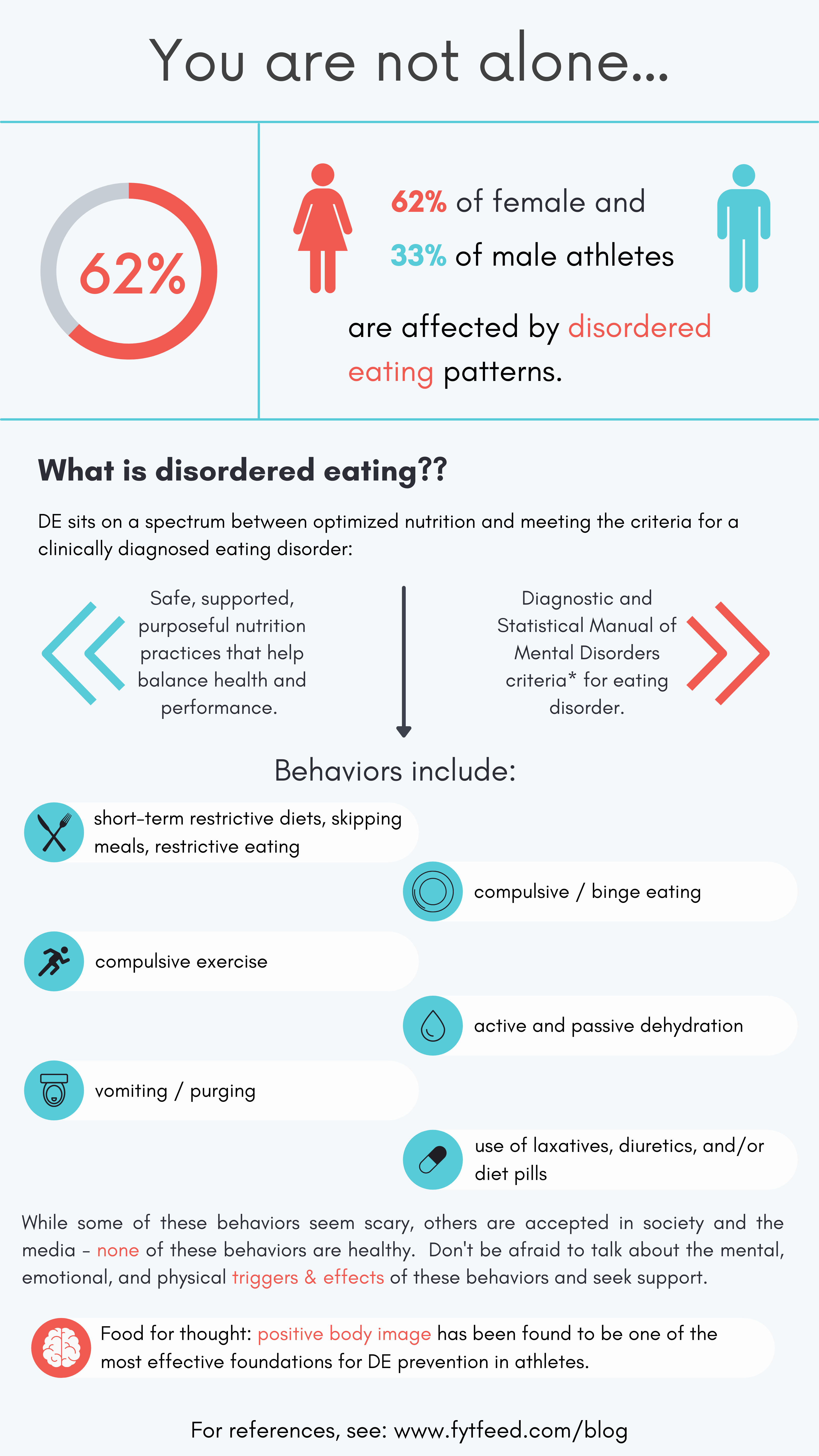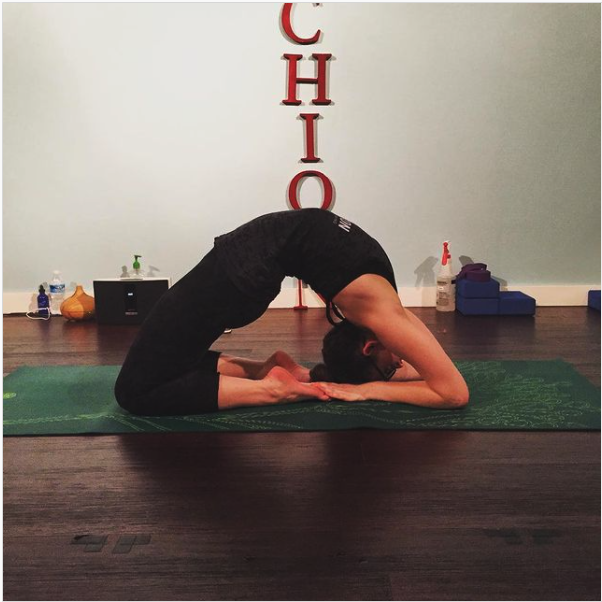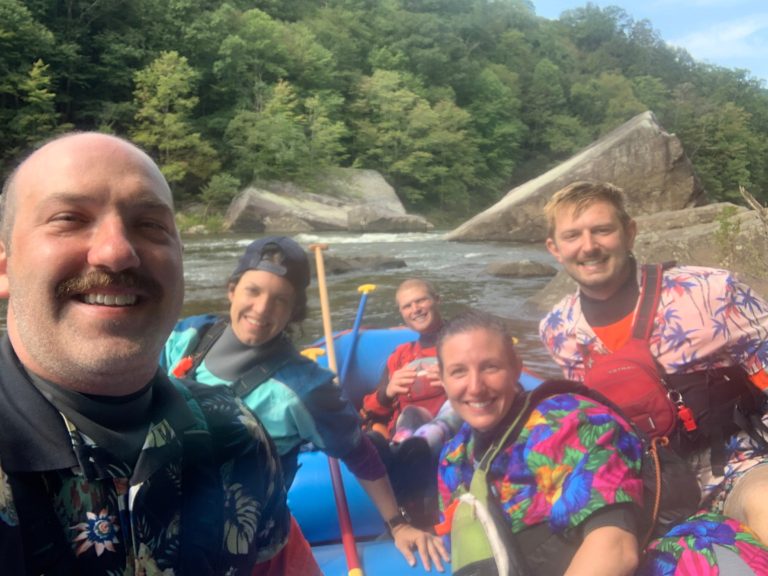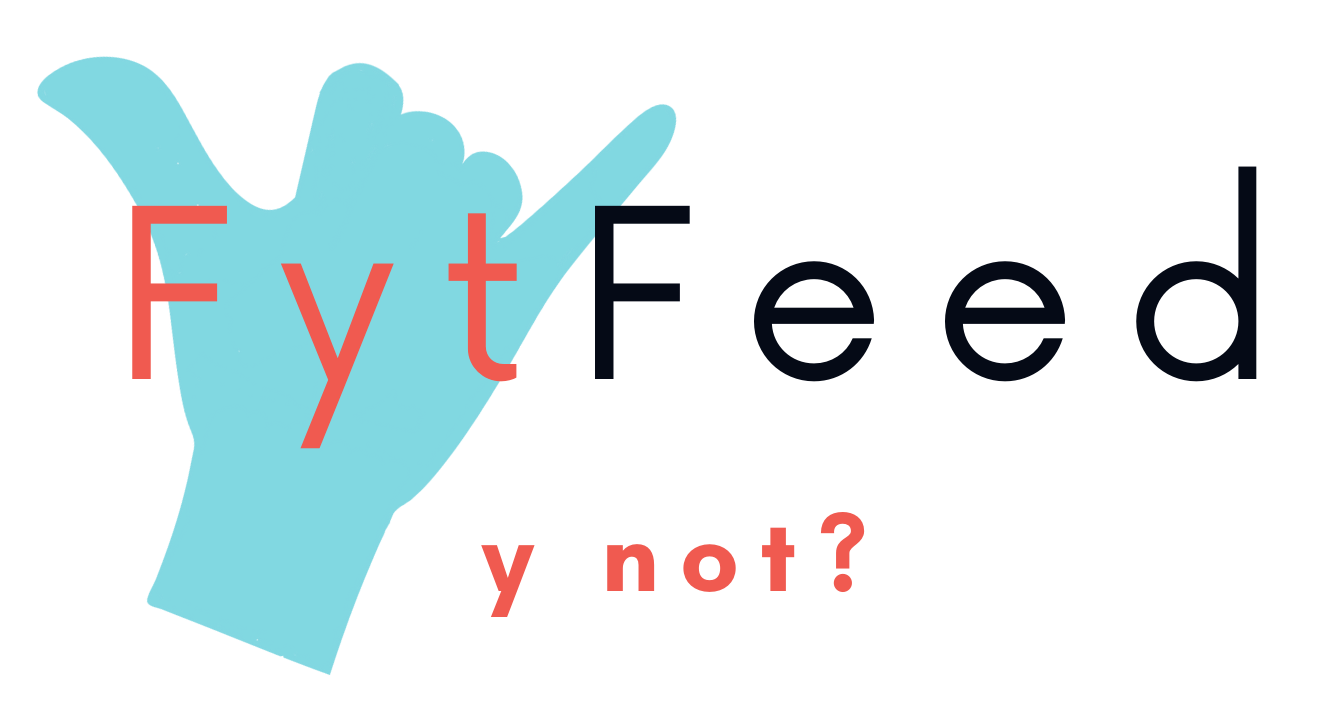The Child's Spark
Growing up, I loved the outdoors and was incredibly active through sports. When I was a little kid, I’d go fishing with my dad. I loved it! The first day of fishing season was thrilling. I loved waking up extra early, the smell in the air near the water, and the excuse to romp around getting muddy and cold.
In first grade, I started gymnastics. Then, in fifth grade, I went to the school principal to protest that girls weren’t allowed to be wrestlers (my dad was a top-notch wrestler), and everyone (my parents, the coach, and the principal) sat me down and agreed that basketball would be a reasonable alternative… So, I played basketball grades 5-10, ran cross country, and did ski club. I hung up gymnastics and became a cheerleader throughout middle school and high school, both for spirit and competition squads, and cheered throughout my freshman year of college. I was a decent athlete, a stellar spirit squad cheerleader, and I loved cheering for and being on my teams.

Photo of Katie fishing with her father at a local creek.
"Thinspiration"
In cheerleading, being 5”1’ and petite, I was a flyer, and so I had a lot of expectations about being small and light. In my mind, I never wanted to exceed 110 pounds as a flyer. Even if I didn’t have those expectations from cheerleading, let’s face it—the media tells every girl that skinny is beautiful regardless of the health of the models or the amount of airbrushing that went into the illusory images. Coincidentally, I was a “late bloomer”, so being thin was easy for me until about 10th grade.
However, after puberty hit, it became increasingly challenging for me to stay below my “red flag” weight. I secretly started to fall into “thinnorexia” culture online—keeping private journals about calories and the ways that “skinny girls” ate and behaved. I went through phases where I would try to get away with eating as little as possible, which was challenging in high school surrounded by teams, friends, and family, or where I would try to eat “calorie negative” snacks, like grapefruit. Rarely, I would make myself sick if I felt the day included too many calories. I distinctly remember my little sister catching me one time – I stopped for a while after that. This isn’t something I feel comfortable sharing, but it’s an important conversation—

In college, once I quit cheerleading and was eating cafeteria food twice a day, I started to gain weight. I was no longer keeping a diary about calories, and I couldn’t possibly purge in the public bathrooms or around my roommates. I increased the “red flag” weight I had in high school, but still managed to exceed it by about 15 pounds, which horrified me. In hindsight, I wasn’t being very active or eating right, but I looked perfectly fine despite how uncomfortable I felt in my skin.
In my senior year, I got things more under control by moving off campus and cooking for myself. Throughout college, I tried being active – occasionally going to the gym or going for a run, but nothing was routine. The gym was small and full of athletes, so it was really intimidating to me. I’d occasionally go for a run, but there were no trail systems like the ones I had back home (that I was aware of), and it really just felt like a chore. As a female, I felt intimidated and incapable in both environments. Today, it makes me happy to see all of the networks and programs focused on making the outdoors and athletic environments more safe and diverse (even if we have a ways to go).
When I left college, I moved from PA to NC for grad school at the University of North Carolina at Chapel Hill. I had dabbled with yoga in college, so I started attending free yoga classes regularly at UNC. I felt comfortable in yoga class – everyone was kind and warm-hearted, and I was able to transfer some of my knowledge from gymnastics and cheerleading to the postures (to understand the the psychology of the phases of exercise and the importance of gaining a sense of competence, check out our blog). However, with my new freedom and solitude, I once again started controlling my food intake in unhealthy ways.
Motivation Transitions
There were other factors motivating me besides numbers on the scale and body image. At the time, I didn’t view my health as something I could want for myself. Being raised in northern Appalachia, I didn’t view much in life as being for myself—nobody did. I was surrounded by people who lived life in sacrifice for their families, jobs, or churches. At the same time, I watched as many of my older family members were becoming unhealthy, and I felt that being and staying healthy would be important if I were to ever have a family of my own. This seemed rational and practical.
I was in my mid-twenties at this point, and little did I know—as I toted my fishing rod, which hadn’t been used since high school, across the east coast—that I was subconsciously manifesting my future. I never dreamed that being active would ultimately enable me to live a life doing things I wanted to do and try (for me) and transform my mindset to value real health.
I matured a lot throughout graduate school, and I have yoga to thank for being the seed to changing my mindset and my life for the better. Because of yoga, I started to allow myself grace and confidence, and as my practice improved, I moved from free classes to a hot yoga studio, Arrichion, where they provided hot yoga and strength-based circuit training classes. My flexibility was awesome, but I wanted to expand my yoga practice into arm balances, so after about a year at the studio, I started circuit training to increase my strength.

Katie’s 100th hot yoga class.
When I left grad school and moved to Tennessee to start my career as a chemist, I was finally ready to dive in. I connected with people who could teach me anything and everything I was interested in. I started going to the gym with my boss, who was a former female fitness model, and learning how to lift weights on my own. I found trails and started hiking and running again, and I found a friend who enjoyed fishing.
I was surrounded by people who loved mountain sports and introduced me to mountain biking, rafting, and kayaking, and who invited me to go skiing again, which I hadn’t done since high school. I was doing activities I loved from childhood with a new, empowered intensity and vigor. That first year in TN, I even signed up for Yoga Teacher Training at Downtown Yoga Center, and just five months after moving to town, a new hot yoga studio, VIDYA Yoga & Fitness, opened right next to where I worked. Everything was coming together!

Photo of Katie, FytFeed co-founder Dennis, and some of their best friends and outdoor companions on a rafting trip on the Upper Gauley River in West Virginia.
Self-Development: Mindset & Fueling My Body
But, I started gassing out. I was still eating the way “skinny girls” ate. Though infrequently and primarily for emotional reasons, I would still binge eat/vomit. My body did not have the fuel it needed to keep up with all the activities I was falling in love with. I was supposed to feel badass; I just started a corporate career, and I was below my high school goal weight of 110 pounds, but I didn’t feel energized or strong. As I continued immersing myself in these newfound activities, I really wanted to feel strong and capable. The only way to let my muscles gain strength was to stop paying attention to the number on the scale and start fueling my body in new ways. This was mental gymnastics.
"As I continued immersing myself in these newfound activities, I really wanted to feel strong and capable. The only way to let my muscles gain strength was to stop paying attention to the number on the scale and start fueling my body in new ways. This was mental gymnastics."
Katie Houston, co-founder FytFeed Tweet
As I continued going to the gym and pursuing mountain sports, and as I continued forcing myself to accept the new numbers I was seeing on the scale, I also started other positive practices. My journal now consisted of new goals for what I wanted to do in the outdoors, and I praised myself when I felt myself becoming more capable. I admired and trusted my new community; in particular, I had one friend who was there encouraging me to eat more carbs and calories, who I eventually opened up to about my unhealthy tendencies when it came to food. Having even one confidant can change everything when it comes to our struggles. I gained more than ten pounds, but I kept redirecting my focus onto my increased confidence and independence in athletic environments. In all honesty, standing where I stand today, I look a hell of a lot better too—but that’s not what fuels me. Most importantly, I feel my very best.
My motivations shifted away from numbers, looks, and external expectations and shifted to the fact that I was finding new, amazing ways to enjoy my life. Having always been labeled as a “little girl”, the confidence I gained by feeling strong was freeing. I was experiencing the world in unique ways. Absolutely nothing beats looking up at a mountain gorge from the point-of-view of the river and then biking or hiking a trail to gain the perspective of the bird. This lifestyle opened me up to solo travel, to exploration, and to treating my body in ways that will ensure I can continue for as long as possible.

Photo from Endless Wall Trail overlooking the Kenney Rapids on the New River, which Katie also kayaks often.
Today, being “skinny” is no longer my Y. The practice of yoga, both its physical and mental effects, is my Y. Being strong, independent, and free is my Y. I am active because it enables me to feel joyful, powerful, and mindfully balanced (and I fuel my body for the same reasons). I don’t wake up every day feeling motivated by those big picture Ys, though. I’ve built a community, and the culture of my personal life encompasses those communities. So, even when I don’t feel like going on that mountain biking ride, I don’t want to miss the opportunity to spend time with the people I genuinely love and have fun with.
"Today, being “skinny” is no longer my Y. The practice of yoga, both its physical and mental effects, is my Y. Being strong, independent, and free is my Y. I am active because it enables me to feel joyful, powerful, and mindfully balanced (and I fuel my body for the same reasons)."
Katie Houston, co-founder FytFeed Tweet
In our introductory blog, we point out that motivation is often the result of action and not the cause of it. Looking back, instead of being hard on myself about my old motivators, I’m proud of myself for taking the actions that led me down this path because I now live a healthy and sustainable lifestyle. So, get out there and watch your Ys develop mindfully. I can only echo our previous story: It will change your life forever.
References
- Loudin, A. “Many female athletes struggle with eating disorders. These women want to change that.” NBC News, 2019.
- Wells, K.R., Jeacocke, N.A., Appaneal, R., Smith, H.D., Vlahovich, N., Burke, L.M., Hughes, D., “The Australian Institute of Sport (AIS) and National Eating Disorders Collaboration (NEDC) position statement on disordered eating in high performance sport.” British Journal of Sports Medicine, Volume 54, 2019.
- *DSM 5 Diagnostic Criteria for Eating Disorders, McCallum Place Eating Disorder Centers.
- Warren, B.J., Stanton, A.L., Blessing, D.L., “Disordered eating patterns in competitive female athletes.” International Journal of Eating Disorders, Volume 9, 1990.
- Greenleaf, C., Petrie, T.A., Carter, J. Reel, J.J., “Female Collegiate Athletes: Prevalence of Eating Disorders and Disordered Eating Behaviors.” Journal of American College Health, Volume 57, 2009.
- Sanborn, C.F., Horea, M. Siemers, B.J., Dieringer, K.I., “Disordered Eating and the Female Athlete Triad.” Volume 19, 2000.
- Hoch, A.Z., et al. “Prevalence of the Female Athlete Triad in High School Athletes and Sedentary Students.” Volume 19, 2009.
